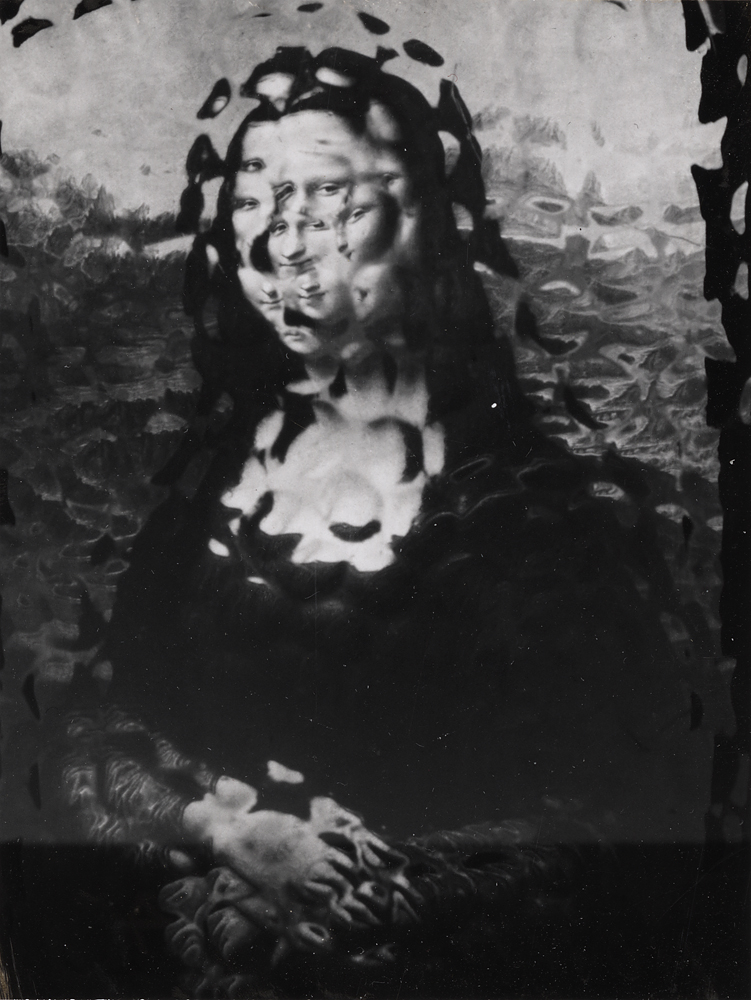
Arthur Fellig, better known as Weegee, made a name for himself as a crime photographer in New York in the 1930s and 1940s, creating gritty scenes of the horrors of urban life.
After ditching his career as a photojournalist, Weegee moved to Los Angeles in 1947. It was in California that he began experimenting with distorted images, photographing celebrities, news clippings and even scenes from television. Though he produced distorted images of a wide range of subjects from presidents to movie stars, Weegee turned his surrealist lens on the classical world’s most famous painting, Leonardo da Vinci’s Mona Lisa, in the late 1950s. His photographic homages to the da Vinci masterpiece feature one with an elongated forehead, one with a square face and another image with two sets of eyes. In one picture, the photographer even manages to flip her enigmatic smile upside down.
Recently, the Prado in Madrid confirmed its copy of the masterpiece was painted by one of Leonardo da Vinci’s students in the master’s studio at the same time da Vinci was working on his own Mona Lisa. “The copy invites you to see it with new eyes,” says Prado curator Miguel Falomir of the museum’s version, which features vibrantly restored colors and definition.
While there are no shortage of homages to the da Vinci masterpiece, Weegee’s surrealist interpretations of the Mona Lisa are beautiful and unique in their own right. They also invite the viewer to revisit the iconic painting with ‘new eyes’—but hopefully not two sets of them.
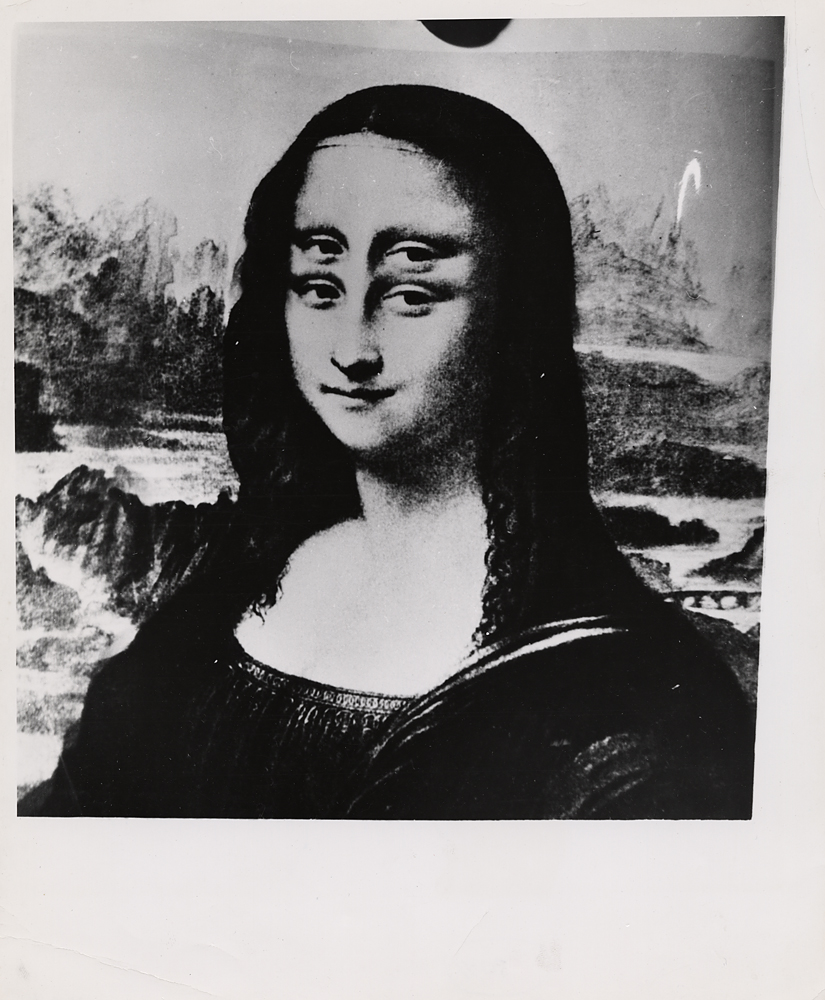
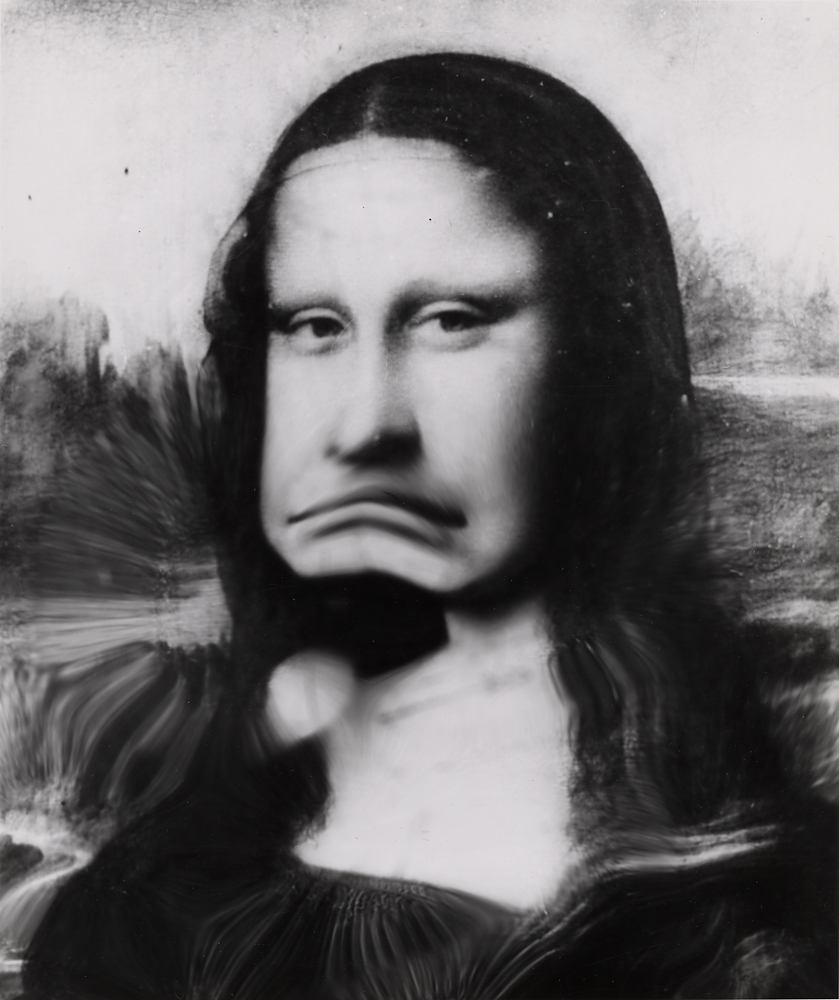


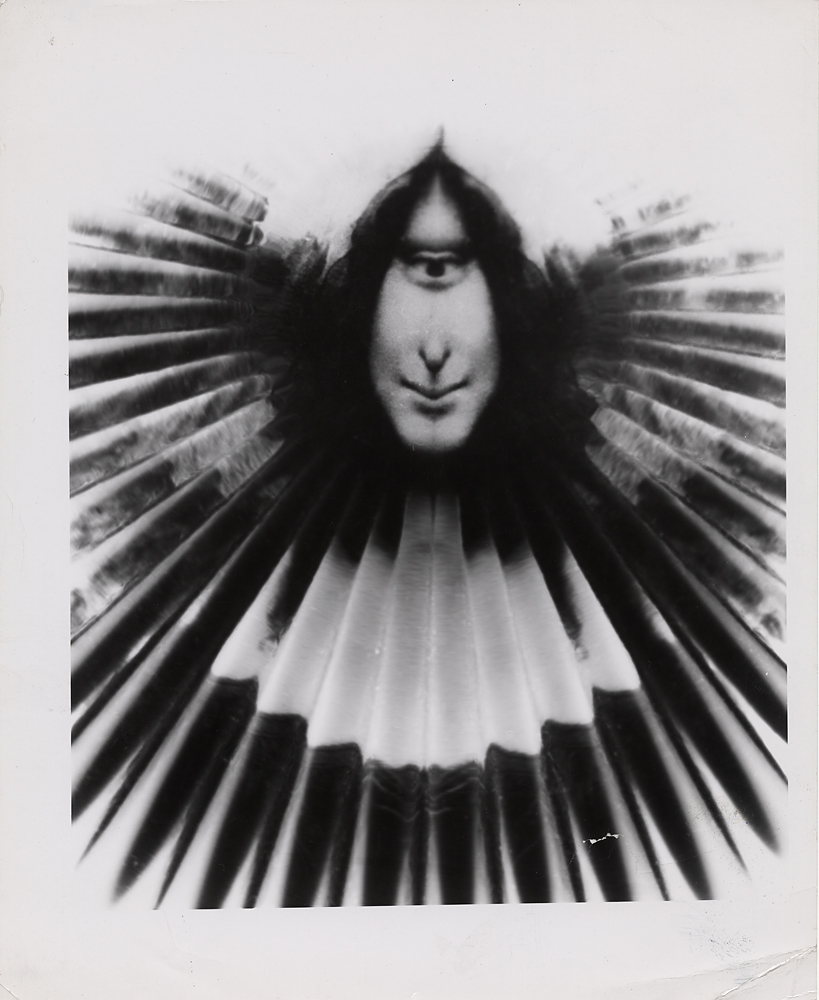
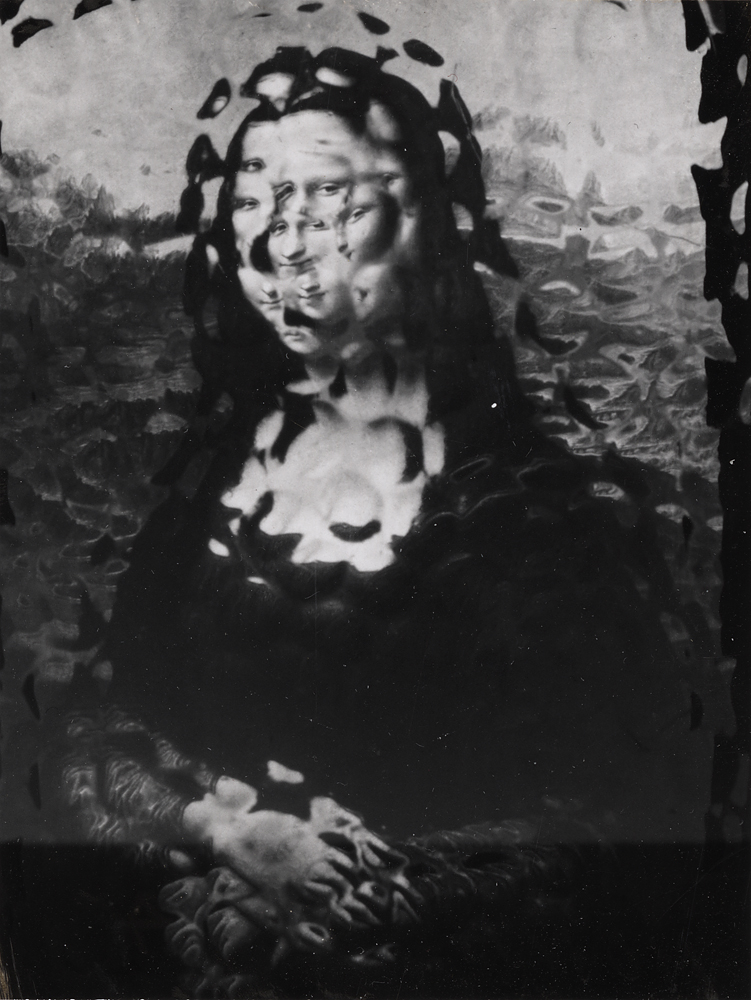
More Must-Reads from TIME
- Cybersecurity Experts Are Sounding the Alarm on DOGE
- Meet the 2025 Women of the Year
- The Harsh Truth About Disability Inclusion
- Why Do More Young Adults Have Cancer?
- Colman Domingo Leads With Radical Love
- How to Get Better at Doing Things Alone
- Michelle Zauner Stares Down the Darkness
Contact us at letters@time.com